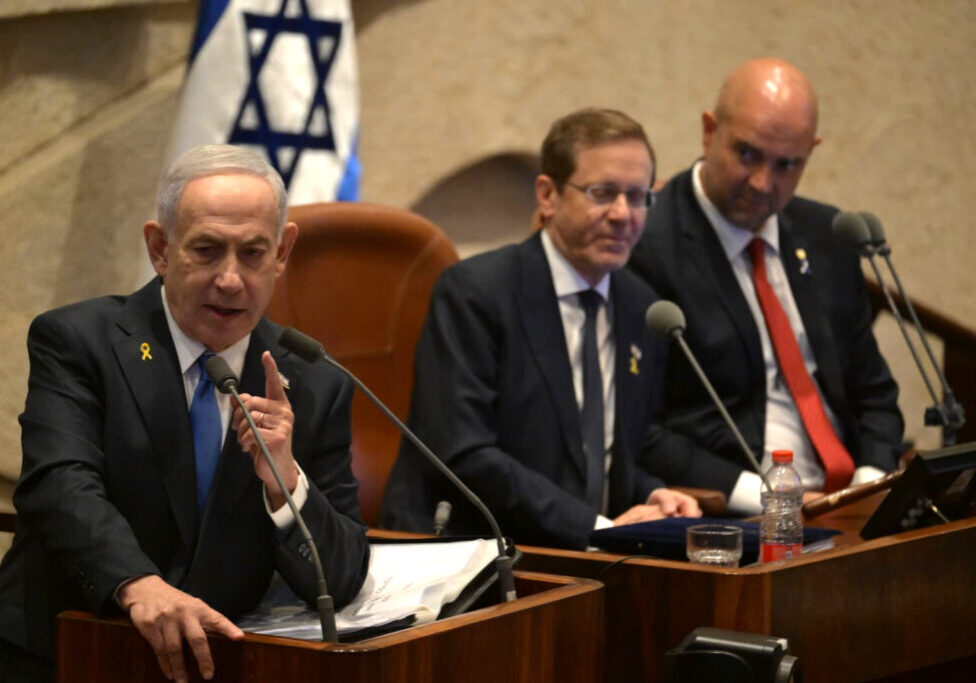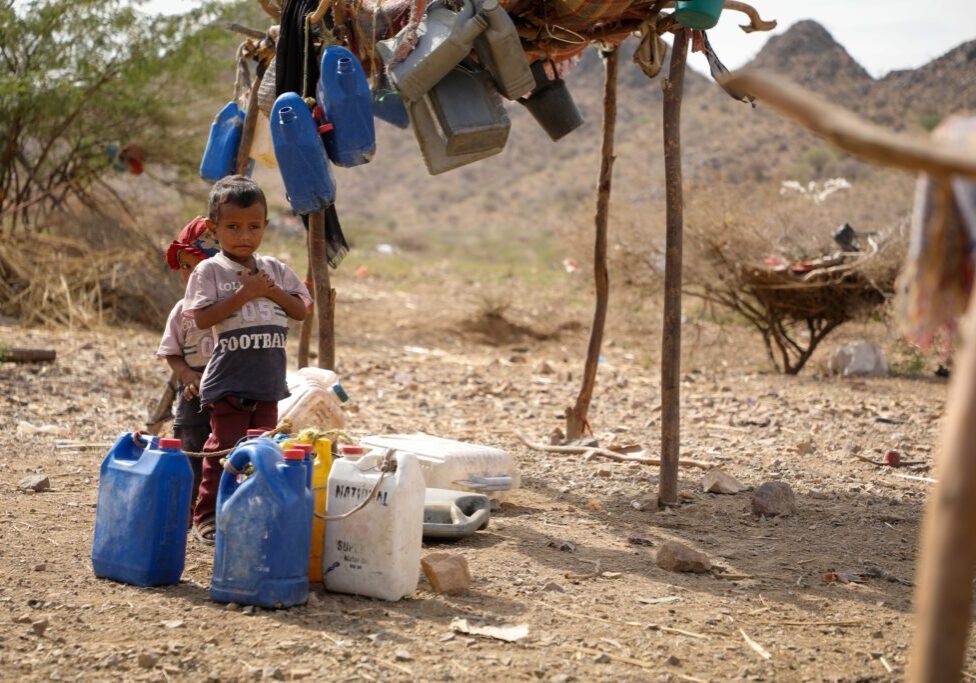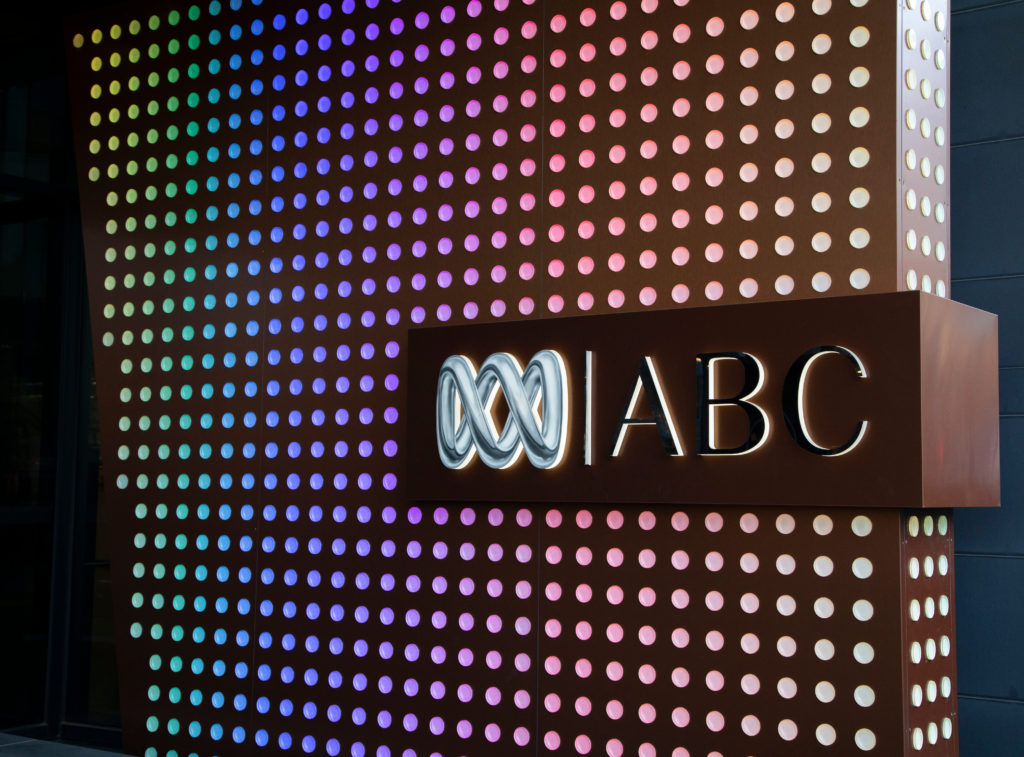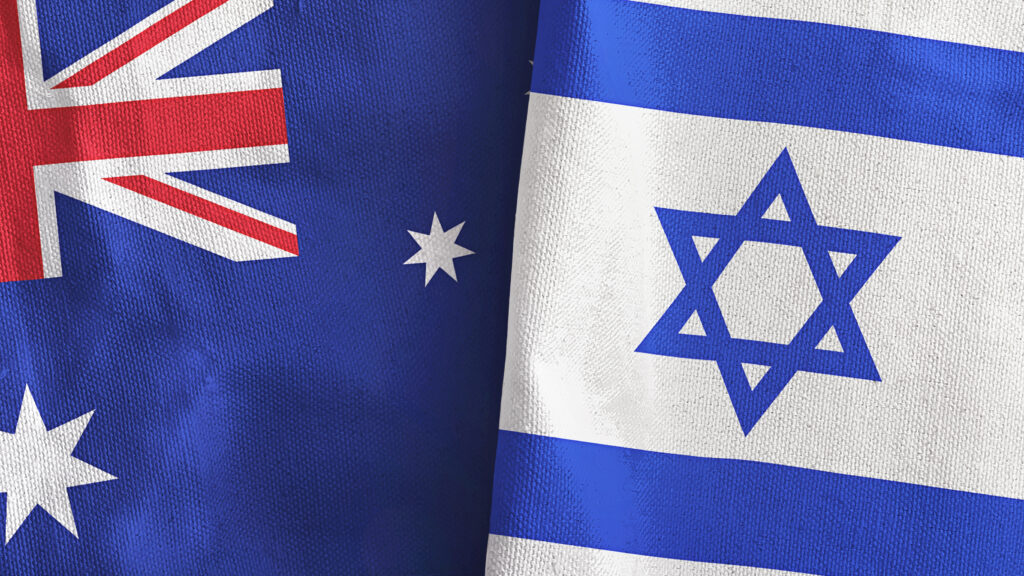FRESH AIR
Latest IAEA report: Iran now a whisker away from nuclear weapons capabilities
March 10, 2022 | Ran Porat

Advanced Iranian centrifuges (Credit: AAP)
On March 3, the International Atomic Energy Agency (IAEA) published its latest report on Iran’s nuclear program.
The report was analysed by the US-based Institute for Science and International Security (ISIS).
Main conclusions
- Iran continues its gradual and steady process of ‘breaking out slowly’ towards achieving nuclear weapons capabilities and the status of ‘nuclear threshold’ country.
- The Iranians are now less than a month away from accumulating enough weapons grade uranium (WGU) for one nuclear warhead.
- Teheran is succeeding in keeping the level of scrutiny over its nuclear activities by international inspectors at a historic low, casting strong doubts on the ability of the IAEA to detect and warn the world if and when the ayatollahs decide to complete the steps needed to build an atomic bomb.
Breakout time
- Iran’s breakout time has been reduced to 2-3 weeks:
- Breakout time is defined as the period required to produce enough WGU (more than 90% purity) for one atomic warhead.
- The shortened breakout timeline is the result of ongoing increases in the accumulated amounts of high enriched uranium (HEU) of 20% and 60% purity stockpiled in Iran – from 17.6kg and 0kg of 20% and 60% enriched uranium respectively one year ago, to 182Kg and 33.2kg respectively in February 2022.
- Enough additional WGU for a second nuclear warhead could be produced within a month from the beginning of the breakout period.
- Iran has now amassed enough fissile material to produce WGU for 4 nuclear bombs, a process that could take less than 4 months, according to ISIS estimates.
Enrichment
- The Iranians are constantly developing ‘shortcuts’ that speed up enrichment to high purities. For example, by testing how to skip directly from low enriched uranium (5%) to HEU (60%) using their advanced IR-6 centrifuges (a process called multi-step enrichment).
- Activity at the underground (and allegedly less vulnerable) Fordow facility continues to expand. This includes, for example, production of 20% enriched uranium in cascades of IR-6 and IR-1 centrifuges. At the same time, dozens of advanced centrifuges (IR-2m and IR-4) are operating at the Natanz plant.
- Since November 2021, enrichment production capacity has slightly increased from 12,400 separative work units (SWU) per year, to 13,400 SWU.
IAEA monitoring
- Despite allowing the IAEA to install surveillance cameras at a new centrifuge parts plant in Esfahan (which is replacing the previous factory at Karaj, damaged in an attack in June 2021), Iran continues to block the IAEA from accessing footage taken by these new cameras, and to refuse to hand over to the IAEA the recordings from cameras that were stationed at the Karaj plant.
- As a result, the IAEA is currently unable to track Iran’s centrifuge parts production and assembly.
- The Iranians continue to limit access of IAEA monitors to relevant locations.
- In addition, Iran informed the IAEA in February that it would no longer notify the agency as soon as a decision to build a new nuclear site is taken (this is an obligation under Modified Code 3.1).
Unresolved issues
- Issues regarding Iran’s weapons project (AMAD project) and other ‘unexplained’ suspicious findings at several undeclared locations (sites at Turquz-Abad, Lavizan-Shian, Teheran and Mervian) – aka possible military dimensions (PMDs) – remain unresolved due to Teheran’s long standing lack of cooperation with IAEA investigations into these matters.
- With regards to the Lavizan-Shian site, the IAEA has now reached the conclusion that Iran violated its international obligations by processing and storing uranium metal – a material which is used almost exclusively for the core of a nuclear weapon.
- With a looming possible signing of a new nuclear agreement, and following a snap visit to Iran on March 4 by IAEA Director General Rafael Grossi, Teheran promised to provide the agency by March 20 with a written response that would address open issues in the IAEA’s Iran file. The agency would then have two weeks to ask Iran for additional clarifications, and a week after that the IAEA and Iran’s Atomic Energy Organisation (AEOI) would meet in Iran to discuss the open issues. Grossi is to report his conclusions on the status of the investigation and Iran’s compliance prior to the June 2022 IAEA Board of Governors meeting.
- Judging by experience, Iran’s answers to the IAEA are expected to be evasive and unsubstantiated yet again. It may well be that Teheran is hoping that the time bought will enable negotiations in Vienna to mature into an agreement that would reduce the pressure on Iran to provide truthful answers on the PMDs, or even take the subject off the table, at least for a while.
- Grossi however stated at the end of his visit to Iran that he will not agree for these matters to be “resolved politically”. This, after accepting an unusually public call from Israel’s Prime Minister, Naftali Bennett, prior to his trip to Teheran.
Ran Porat is a research associate at the Australia/Israel & Jewish Affairs Council and the Australian Centre for Jewish Civilisation at Monash University, and a research fellow at the International Institute for Counter-Terrorism at the Interdisciplinary Centre in Herzliya, Israel.
RELATED ARTICLES

Sentencing for antisemitic vandalism “manifestly inadequate”: Joel Burnie on Sky News
Nov 27, 2025 | Featured, Video

“Bittersweet” aftermath of hostage release deal: Joel Burnie on Sky News
Oct 27, 2025 | Featured, Video

Hamas responsible for huge suffering on both sides of Gaza war: Colin Rubenstein on Sky News
Oct 13, 2025 | Featured, Video




















